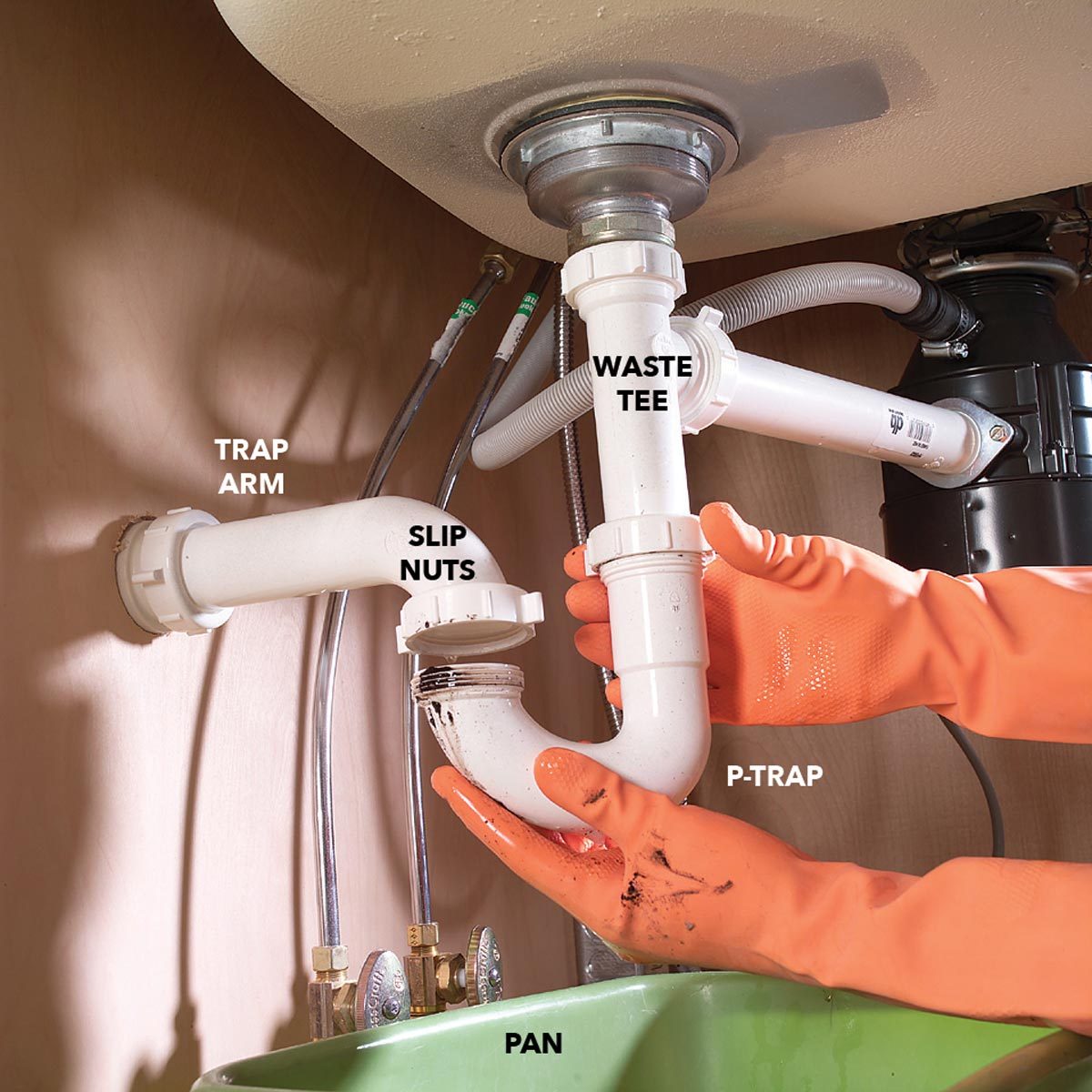Causes of Clogged Bathroom Sink Drains

Bathroom sink drain clogged – Bathroom sink drains can become clogged due to a variety of reasons. The most common culprits are hair, soap scum, and debris.
A clogged bathroom sink drain can be a frustrating problem. If you’re dealing with a clogged sink, one potential cause could be a faulty bathroom sink pop up drain. These drains can become clogged with hair, soap scum, or other debris, leading to slow drainage or even complete blockage.
Fortunately, cleaning a pop-up drain is often a simple task that can be done with household tools.
Hair can accumulate in the drain over time, especially if it is long or thick. Soap scum can also build up on the sides of the drain, creating a sticky residue that can trap hair and other debris. Debris such as toothpaste, shaving cream, and dirt can also contribute to clogs.
Hair
Hair is a common cause of bathroom sink clogs. It can accumulate in the drain over time, especially if it is long or thick. Hair can also become tangled around other objects in the drain, such as soap scum or debris, making the clog even worse.
Tere liye, a clogged bathroom sink drain can be a major inconvenience. But worry not, for American Standard bathroom sinks are renowned for their superior quality and durability. Their advanced designs prevent clogs and ensure smooth drainage, making your bathroom experience hassle-free.
However, if you still encounter a clogged drain, fret not. Simple home remedies like baking soda and vinegar can often solve the issue, restoring your sink to its pristine condition.
Soap Scum
Soap scum is another common cause of bathroom sink clogs. It is a sticky residue that can build up on the sides of the drain, creating a barrier that can trap hair and other debris. Soap scum can also make it difficult for water to flow down the drain, which can lead to clogs.
Debris
Debris such as toothpaste, shaving cream, and dirt can also contribute to bathroom sink clogs. These substances can build up in the drain over time, creating a blockage that can prevent water from flowing down the drain.
Methods for Unclogging Bathroom Sink Drains

Clogged bathroom sink drains are a common household problem that can be frustrating and inconvenient. Fortunately, there are several effective methods for unclogging them, ranging from mechanical to chemical to natural solutions.
Mechanical Methods
Mechanical methods involve using physical tools to dislodge or remove clogs from the drain.
Using a Plunger
- Place the plunger over the drain and fill the sink with enough water to cover the plunger’s cup.
- Pump the plunger vigorously up and down, creating suction and pressure to dislodge the clog.
- Repeat until the water drains freely.
Using a Drain Snake
- Insert the drain snake into the drain and turn the handle to feed the cable down the pipe.
- When you feel resistance, rotate the snake to break up the clog.
- Withdraw the snake and remove the clog.
Chemical Methods, Bathroom sink drain clogged
Chemical methods use drain cleaners to dissolve or break down clogs.
Using Commercial Drain Cleaners
- Read the label carefully and follow the instructions for use.
- Pour the drain cleaner into the drain and let it sit for the recommended amount of time.
- Flush the drain with hot water to remove the cleaner and dislodge the clog.
Active Ingredients in Commercial Drain Cleaners
- Sodium hydroxide: A strong alkali that dissolves hair, soap scum, and grease.
- Potassium hydroxide: Similar to sodium hydroxide, but less corrosive.
- Sulfuric acid: A strong acid that dissolves organic matter and rust.
Caution: Always wear gloves and eye protection when using chemical drain cleaners. Avoid contact with skin and eyes, and never mix different types of drain cleaners.
Natural Methods
Natural methods use non-toxic, environmentally friendly solutions to unclog drains.
Using Baking Soda and Vinegar
- Pour 1/2 cup of baking soda down the drain.
- Follow with 1/2 cup of white vinegar.
- Let the mixture fizz and bubble for 15-30 minutes.
- Flush the drain with hot water.
Using Boiling Water
- Boil a kettle of water.
- Slowly pour the boiling water down the drain.
- Repeat several times to flush out the clog.
Preventing Future Clogged Bathroom Sink Drains: Bathroom Sink Drain Clogged

To maintain the smooth functioning of bathroom sink drains and prevent future clogs, it’s essential to adopt preventive measures. Regular cleaning and maintenance, avoiding flushing certain substances, and considering professional drain cleaning services can effectively mitigate the risk of blockages.
Regular Cleaning and Maintenance
Regular cleaning and maintenance are crucial in preventing clogged bathroom sink drains. Install drain screens or strainers to catch hair, soap scum, and other debris before they enter the drain. Periodically remove and clean drain stoppers to prevent buildup and accumulation of hair, soap, and other substances.
Avoid Flushing Certain Substances
Certain substances can cause severe clogs in bathroom sink drains. Avoid flushing grease, coffee grounds, and certain chemicals down the drain. Grease can solidify and adhere to the drain walls, attracting other debris and forming clogs. Coffee grounds contain small particles that can accumulate and block the drain. Certain chemicals, such as bleach and drain cleaners, can damage the drain pipes and fittings.
Consider Professional Drain Cleaning
In cases of stubborn clogs that cannot be resolved through regular cleaning and maintenance, professional drain cleaning services may be necessary. Professional drain cleaners use specialized equipment and techniques to remove clogs effectively. They can use drain snakes or augers to physically remove the obstruction, or hydro-jetting to blast away the clog with high-pressure water.